Chinese long-steel imports distorting Indian market

Steel Authority of India Ltd Chairman Chandra Shekhar Verma is concerned about the fact that in August this year, factory output in China grew the least in about six years. His worries, heightened by a slowdown in China's housing market despite new stimulus measures such as easier mortgages to buy second houses, are shared by many in the Indian steel sector.
"Considering China's massive steelmaking capacity and the year-on-year rise in production, the mismatches between domestic demand and supply could lead to a marked rise in steel exports. This is proving to be upsetting for steelmakers in countries where Chinese products are shipped in volumes," says Verma.
China is reported to have shipped 52.4 million tonnes (mt) of steel in the first eight months of this year, up 36 per cent compared to the year-ago period. And, India has started feeling the pinch. Between April and August, Indian steel imports rose 23 per cent year-on-year. The slowdown in demand from the housing and construction sectors in China has made that country an aggressive seller of long products such as steel reinforcement bars (rebar). The gradual shift in the composition of Chinese exports - from flat to long products - is proving unsettling for India, which has substantial idle capacity in the long-steel segment.
Abatement in the Chinese export onslaught in the coming days is unlikely. In its short-range outlook, the World Steel Association has said as Beijing's drive to rebalance the economy is restraining investment activities, growth in steel demand this year will fall to three per cent (721.2 mt) from 6.1 per cent last year. Next year, growth in Chinese steel demand is likely to fall further to 2.7 per cent. Fitch Ratings has estimated growth in China's gross domestic product will fall from 7.7 per cent in 2013 to 7.2 per cent this year.
At Shanghai Futures Exchange, rebar for January is trading at the lowest since trading of the product began in 2009. Trade officials tracking the Chinese market say as steelmakers in that country are selling their products at increasing losses in the domestic market, they are compelled to export to markets, including India, where prices are higher. Bloomberg quotes China-based analysts as saying this year, Chinese steel exports are likely to stand at 85 mt, 44 per cent higher than the record 59 mt in 2007.
Verma says it is unacceptable that some Chinese producer-exporters dodge the 23 per cent export duty on carbon steel by adding some boron to it to make the product appear to customs authorities as alloy steel (which does not invite the tax).
Boron is added to fully killed steel to improve hardening.
Imports of steel from China, where prices of many products have fallen to record lows, are distorting the Indian market. As India-made long steel is at least $100/tonne costlier than its Chinese counterpart, its import surge is inevitable, unless New Delhi revises customs duty. The steel ministry is said to be keeping a watch on import trends. It has given indications of raising import duty from 7.5 per cent to 15 per cent, in conformity with WTO norms.
Meanwhile, European producers hopeful about the return of growth in demand for steel in that region are worried about the damaging impact of cheap steel imports, primarily from China. Restructuring of the European steel sector is far from over; the sector is yet to cut a substantial number of jobs for earnings improvement. In such a situation, imports could add to the pains involved in restructuring.
"Besides imports from China, growing quantities of steel arriving here from Japan and South Korea, taking advantage of India's comprehensive economic partnership agreements (CEPAs) with them, remain a concern for steelmakers. CEPAs provide for extinguishing customs duty in eight equal annual instalments for steel from South Korea, and in six equal annual instalments for Japanese steel. What is not to be lost sight of is a rise in imports when our steel sector is using only 80 per cent capacity. Much new capacity is also in the pipeline," says Verma.
In the first five months of this financial year, Indian imports of Japanese steel rose 64 per cent and South Korean steel 28 per cent.
XINSTEEL INFORMATION

 +86 371 55057610
+86 371 55057610  inquiry@xsteelplate.com
inquiry@xsteelplate.com


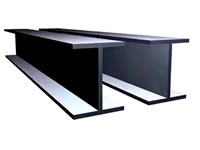
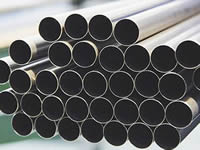
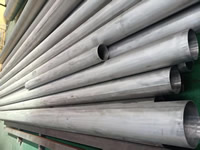
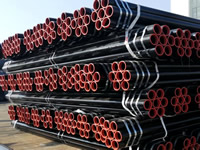
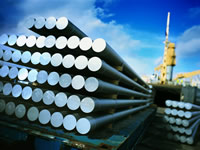

 Tel:+86 371 55057610
Tel:+86 371 55057610  Fax: +86 371 5505 7611
Fax: +86 371 5505 7611